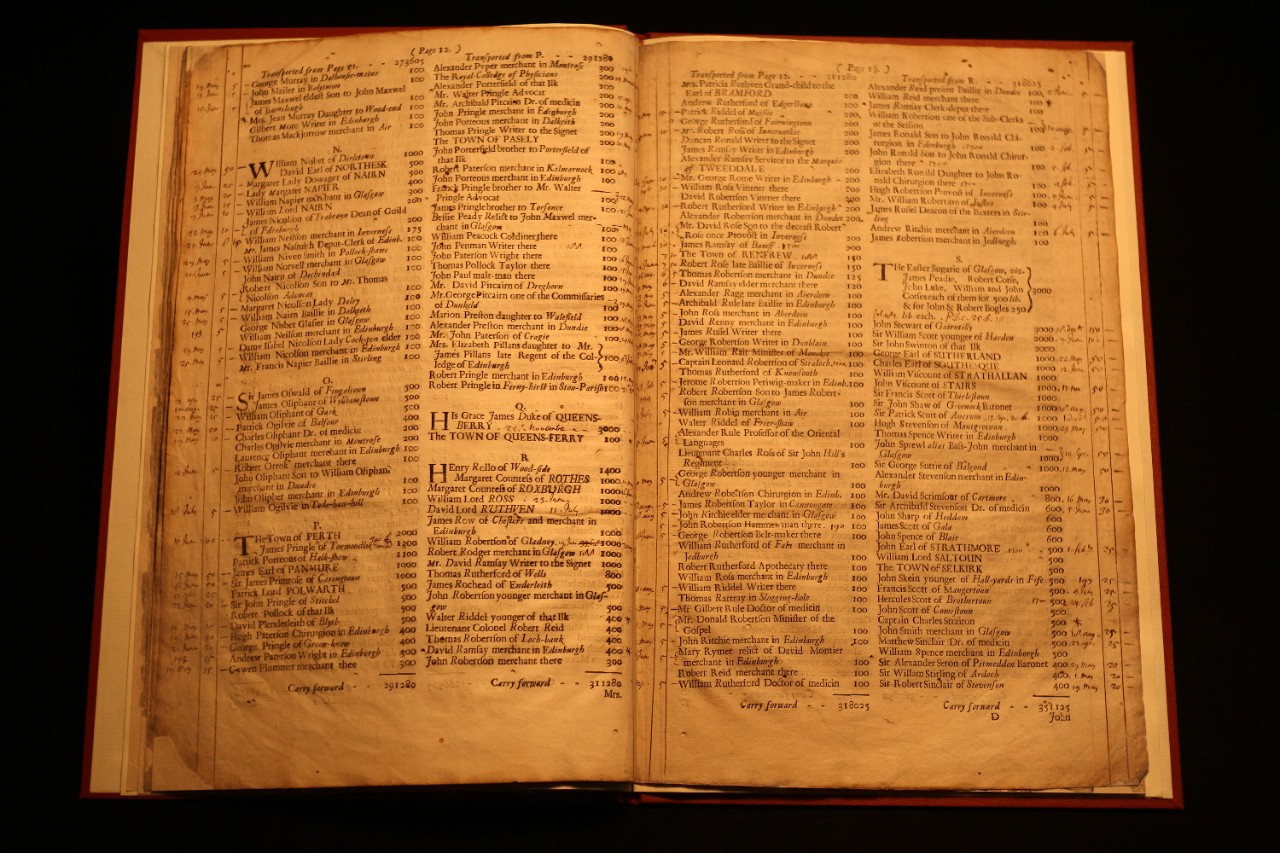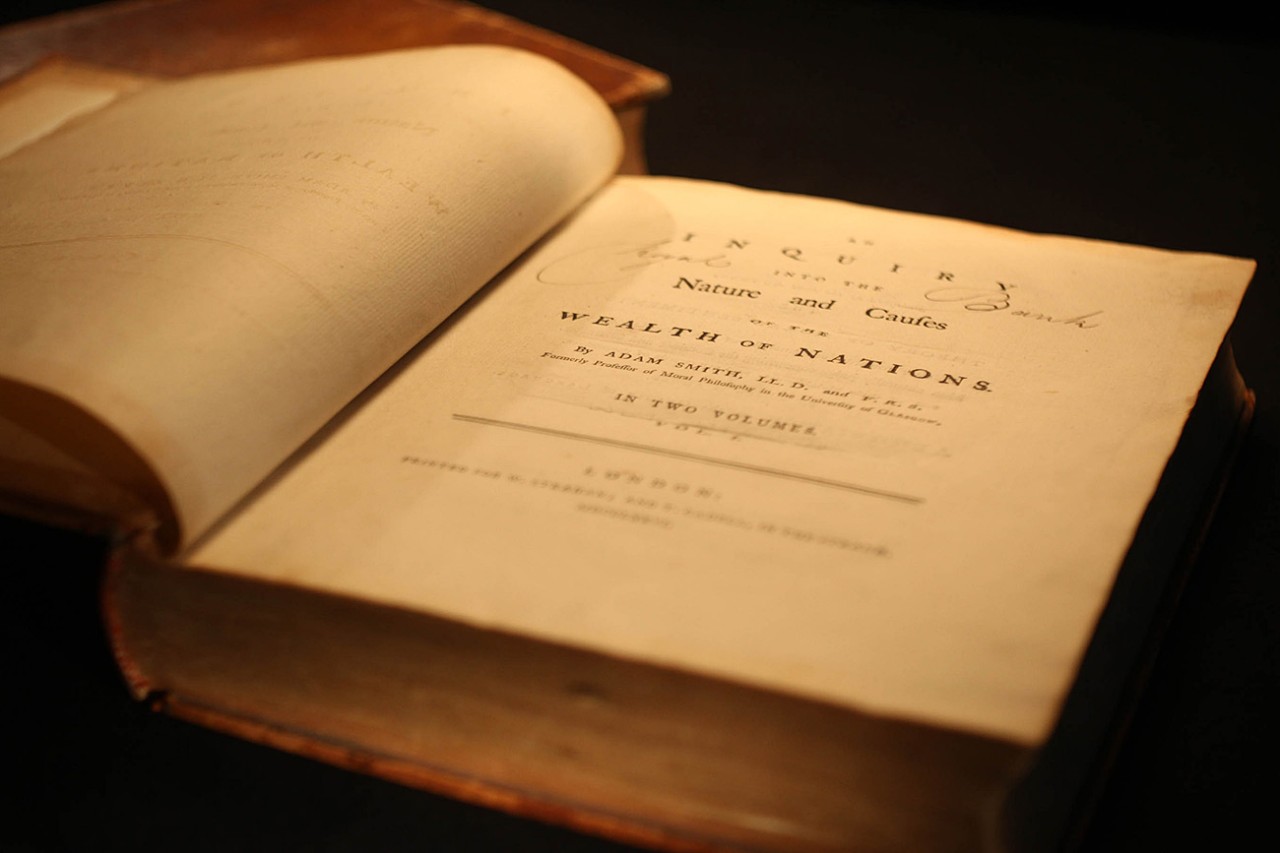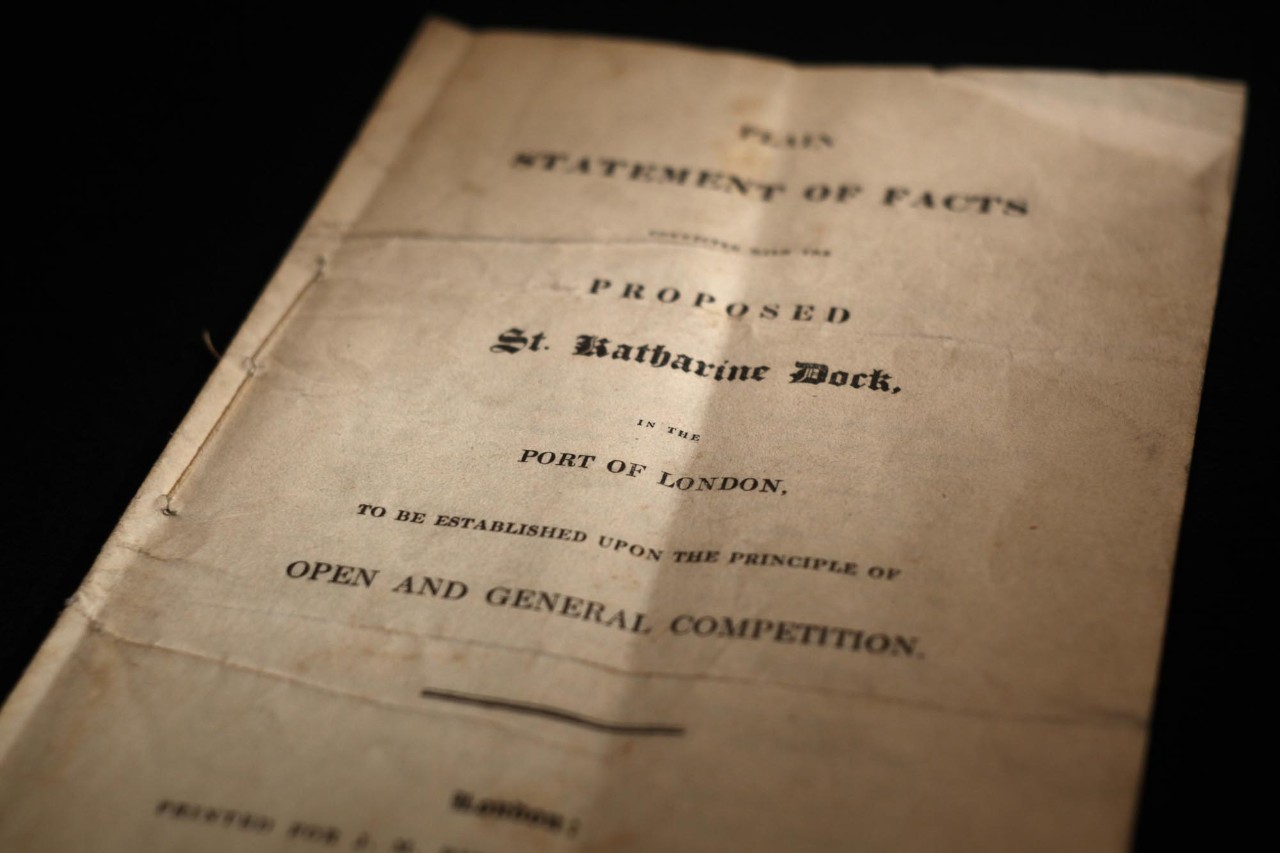Object 15: Director's rail pass, 1837
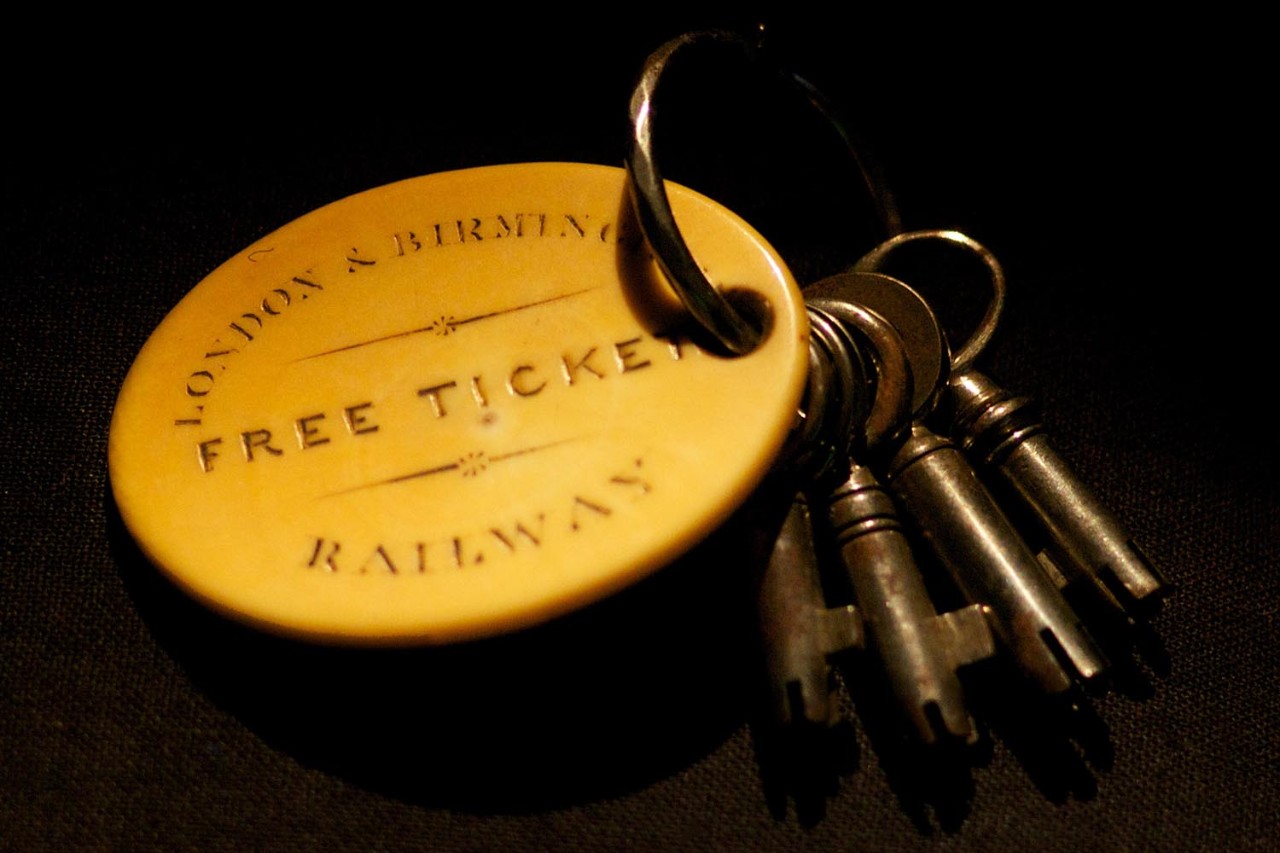
Director's rail pass for the London & Birmingham Railway, 1837. © RBS
This is the ultimate season ticket; an ivory token issued to directors of the London & Birmingham Railway, granting them free travel on the company's trains at any time. It belonged to George Carr Glyn, senior partner in Glyn, Hallifax, Mills & Co, nicknamed 'the Railway Bank' for its extensive involvement in advising and supporting railway development projects.
George Carr Glyn's banking career coincided closely with the birth of the railway age. He became a partner in the family bank in 1819. Just two years later, work began on the world's first modern railway, the Stockton & Darlington Railway. In 1829 George Stephenson's experimental steam locomotive the 'Rocket' won the Rainhill trials and the Liverpool & Manchester Railway opened the following year; the railway age had begun.
| Railways promised to change the world, but they were very expensive
George Carr Glyn was one of the very first generation to be bitten by the railway bug, and it was fortunate for the development of railways that he was. Railways promised to change the world, but they were very expensive. Without massive investment they could not be planned or built.
Many bankers, politicians and landowners were opposed to the new railways, but Glyn saw potential. He was right; within a generation, railways were to make regular and long-distance travel - for work or leisure - affordable to ordinary people for the first time. Fresh food such as fish and milk could be transported and sold all around the country, and national daily newspapers became a possibility. Even something as seemingly rigid as standardised time was an invention of the railways; it only became necessary for the whole country's clocks to be set to the same time when railway timetables made regional variations unworkable.
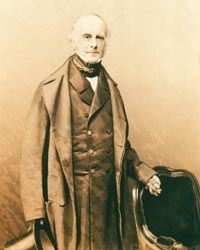 In 1830 Glyn joined the promoters of the London & Birmingham Railway and placed his full weight - and that of his bank - behind it. His support gave other investors confidence, and by 1834 the first part of the line had opened. In 1837 he became the company's chairman. He went on to play an instrumental role in building the company through amalgamation into one of the largest joint stock companies in the world, London & North Western Railway Company.
In 1830 Glyn joined the promoters of the London & Birmingham Railway and placed his full weight - and that of his bank - behind it. His support gave other investors confidence, and by 1834 the first part of the line had opened. In 1837 he became the company's chairman. He went on to play an instrumental role in building the company through amalgamation into one of the largest joint stock companies in the world, London & North Western Railway Company.
Glyn's involvement with railways did not stop there. By 1845 his firm was banker to 110 railway companies, and its railway customers accounted for around one-sixth of the bank's entire deposits. He was also interested in the bigger picture. He worried about the harmful rivalry between the early railway companies, and was the brains behind the establishment of the Railway Clearing House in 1842. Modelled on the Bankers' Clearing House, which processed cheques between member banks, this organisation enabled passengers to buy a single ticket for a journey involving more than one railway company's routes. A similar through-booking system was developed for freight. Glyn also supported Gladstone's proposed state purchase of the railways in 1844, over a century before rail nationalisation finally went ahead in 1947.

